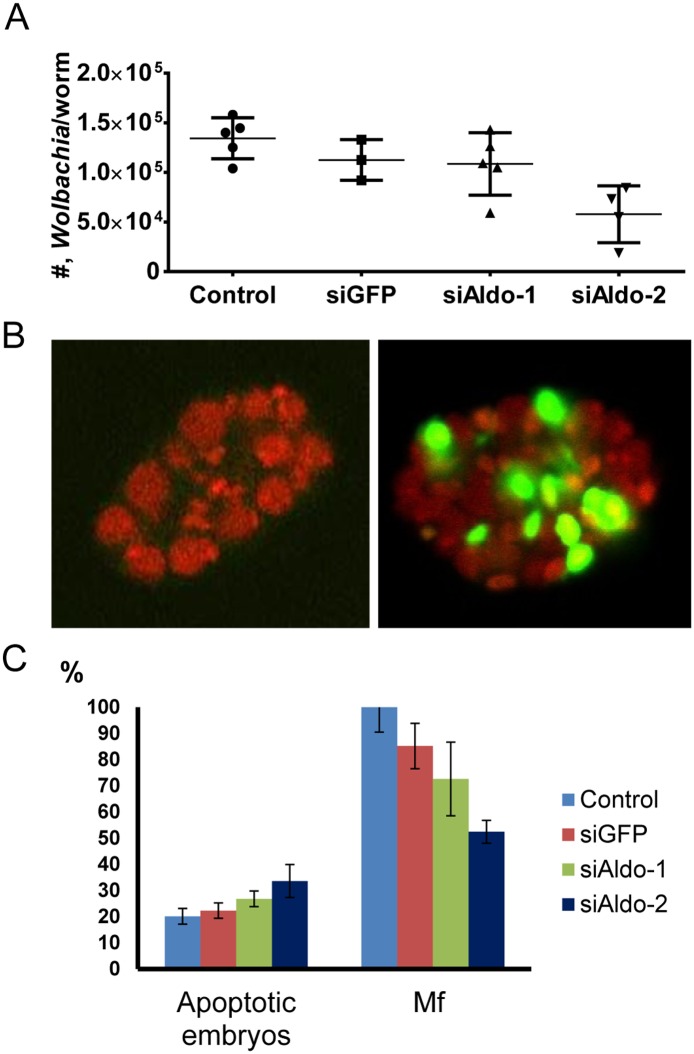Fig 2. Silencing of Bma-aldolase-2 decreases Wolbachia load in adult female worms and induces apoptosis in developing embryos.
(A) qPCR analysis of the number (#) of wsp copies per adult female worm at the end of the RNAi experiments. Significant reduction of Wolbachia load was only detected in females treated with siRNA specifically targeting Bma-aldolase-2 (siALDO-2) as compared to RNAi-control (worms were treated with siRNA-GFP; p < 0.01) or untreated worms (p < 0.01). (B) TUNEL assay for developing embryos extracted from control (left) or treated with siRNA specific to Bma-aldolase-2 (right). Green represents apoptotic nuclei and all nuclei were also co-stained with a DNA-specific dye (propidium iodide, red), magnification 60X. (C) Number of apoptotic embryos extracted from females and number of microfilaria (Mf) released from control females and females after treatment with siRNAs. The increase in the proportion of apoptotic embryos in worms treated with siRNA specifically targeting Bma-aldolase-2 (siALDO-2) was significant as compared to the RNAi-control (p < 0.05) or untreated (p < 0.05) worms. The number of Mf released by worms treated with siRNA specifically targeting Bma-aldolase-2 (siALDO-2) was about 50% of those released by RNAi-control (p < 0.05) or untreated (p < 0.05) worms.

